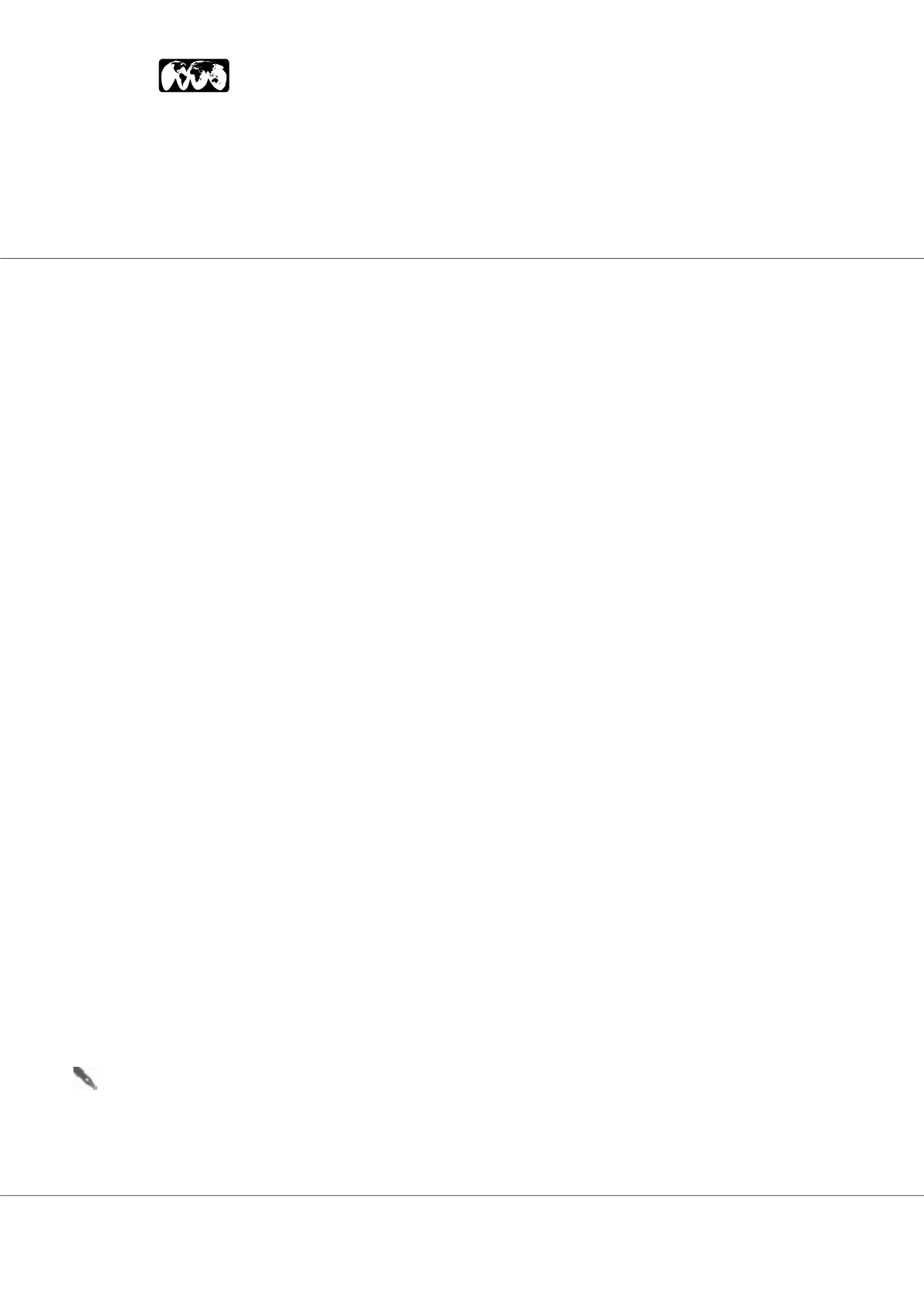

Page 41
Notes:
allied
academies
Journal of Gastroenterology and Digestive Diseases | Volume 3
May 25-26, 2018 | New York, USA
World Liver Conference 2018
Background & Aim:
Drug Induced Liver Injury (DILI) is a
diagnosis the importance of which has become increasingly
clear in recent years as a result of the combination of an
increase in the number of reported cases each year and
the potential for damage; DILI is the most common cause
of Acute Liver Failure in the United States and a major
cause of drug termination at various stages of development
and marketing. Despite its importance, DILI is often
underdiagnosed or suffers from a diagnostic delay, mainly
due to a lack of a pathognomonic test, resulting in a Per
Exclusionem diagnosis. Various attempts to find a more
efficient diagnostic process met with partial success and the
diagnostic challenge persists. The main objective of the study
is to try to find unique characteristics for patients who have
been diagnosed with DILI in order to try to create a basis for
dealing with this diagnostic challenge.
Methods:
A retrospective observational studywas conducted
on 50 patients hospitalized at "Shaare Zedek" Medical Center
diagnosed with DILI.
Results&Discussion:
InaccordancewiththeliteratureonDILI,
we found that the most common injury was hepatocellular
(52% of the patients), that most of the cases were women
(56% of the patients), that the prevalence increases with age
(70% of the cases were over the age of 51) and that there is
a relationship between the age and the sex of the patient
to the type of injury. In accordance with studies conducted
in the United States, the most common drugs described in
our study as the cause of DILI are antibiotics (34% of the
cases). The hepatocellular enzymes levels in patients with
hepatocellular injury ranged from several hundreds to a
thousand, and in the majority of the cases were higher
than 10 times the upper limit of the norm (AST in 80.8%
of the cases and ALT in 53.8% of the cases). These ranges
correspond to the ranges described in the literature for toxic
liver injury. In our study, we have not been able to verify the
worldwide trend of increasing prevalence of DILI. In general,
the severity of the cases in our study was relatively mild, as
expressed in the absence of mortality, in the absence of liver
failure and in relatively low bilirubin levels. Previous studies
have found that the most unfavorable outcome was of
patients with hepatocellular injury. In contrast to that, in our
study, the worst prognosis was of patients presented with
mixed injury. In contrast to viral hepatitis, we found that the
De Ritis (AST/ALT) ratio in DILI is generally greater than one
(in 82% of cases).
Conclusions:
Despite the increasing prevalence of DILI
according to literature, we have not been able to confirm this
trend. In our opinion this is partially due a logistic difficulty-
the absence of a specific diagnosis code for DILI,
i.e.,
patients
whose main diagnosis is DILI are coded under another major
diagnosis and the DILI is "Hidden" under a general hepatic
diagnoses such as "Elevated Liver Enzymes" or even under a
non-hepatic diagnosis as a free text. We respectfully submit
that the ICD coding system should include DILI as a major
diagnosis. We suggest considering using the De Ritis ratio as
a diagnostic aid. Our study did not include a control group of
viral hepatitis patients, so we can rely only on information
from the literature, but this information is consistent across
a large number of studies–Viral hepatitis is characterized by
a De Ritis ratio <1, In contrast to that, most of the patients in
our study are characterized by a De Ritis ratio>1.
e:
itay.ashkenazi@gmail.comCharacterization of laboratory and clinical findings of patients diagnosed with Drug-induced liver
injury (DILI) as a tool to aid in diagnosis
Itay Ashkenazi
Shaare Zedek Medical Center, Israel
















